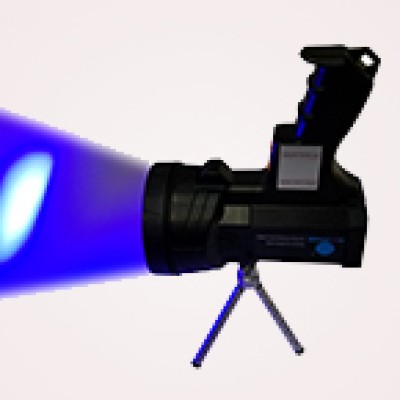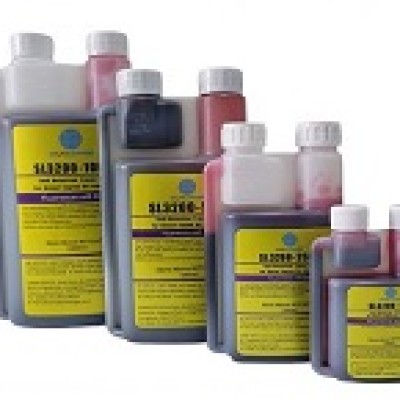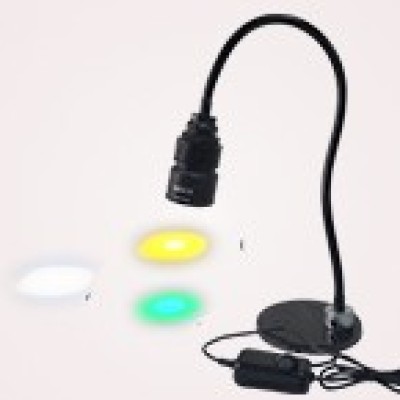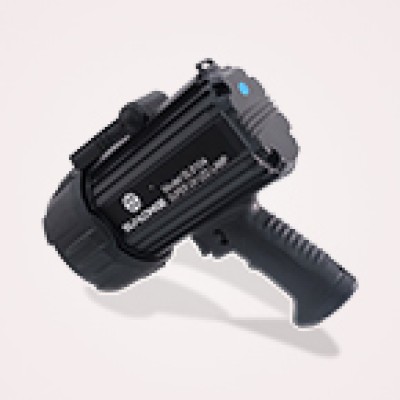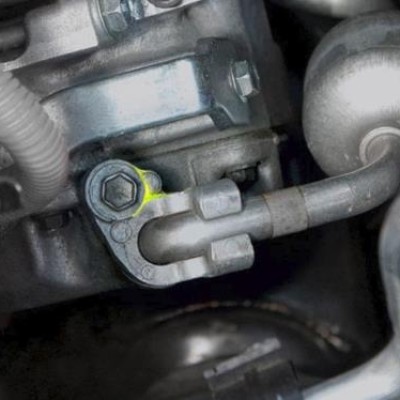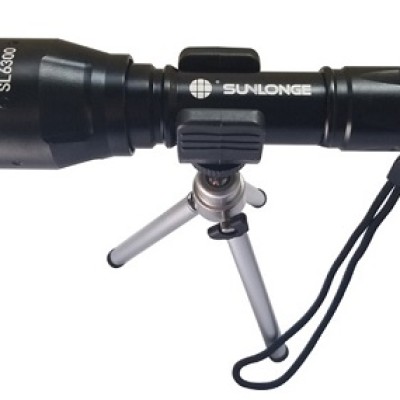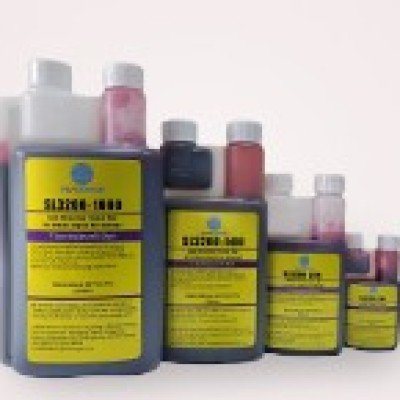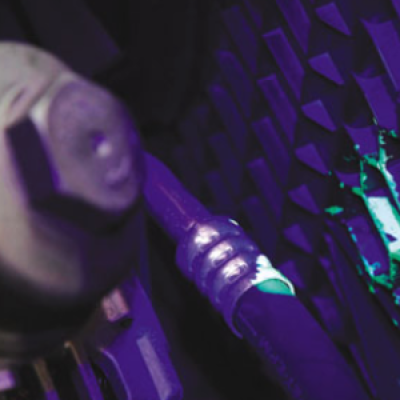In the industrial operations, the pursuit of impeccable product quality and unwavering workplace safety stands as a paramount imperative. Central to this mission are surface inspection lamps, formidable tools instrumental in the relentless battle against defects, contaminants, and hazards. These lamps serve as vigilant sentinels, casting their illuminating beam upon surfaces with unparalleled precision, unearthing even the most inconspicuous imperfections that threaten product integrity.
As industries evolve and regulatory standards intensify, the importance of surface inspection lamps escalates, their role expanding beyond mere scrutiny to encompass the preservation of reputations, the protection of consumers, and the safeguarding of personnel. In this comprehensive exploration, we delve into statistical insights and best practices, illuminating the transformative potential of surface inspection lamps and charting a course towards a future where safety and quality reign supreme. Through meticulous analysis and strategic implementation, these lamps emerge as beacons of assurance, guiding industries towards excellence and resilience in the face of ever-evolving challenges.
Understanding the Significance: 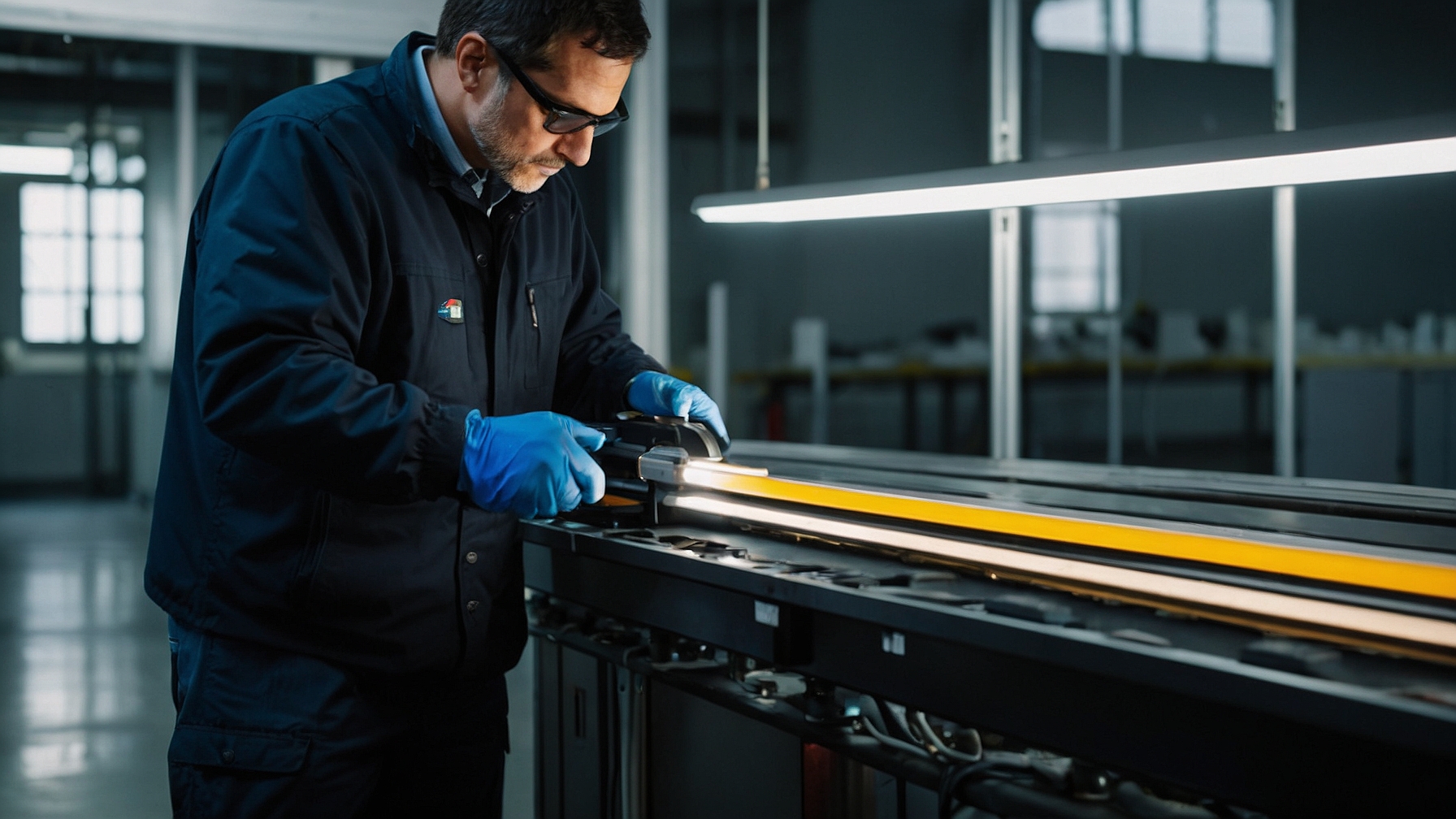
Surface inspection lamps serve as guardians of quality assurance, enabling thorough examinations of surfaces to detect imperfections and irregularities. Whether in manufacturing plants, laboratories, or construction sites, these lamps play a pivotal role in maintaining product integrity and safeguarding workplace safety. By illuminating even the smallest details, they empower inspectors to identify defects early in the production process, preventing costly recalls and upholding brand reputation.
Statistical Insights:
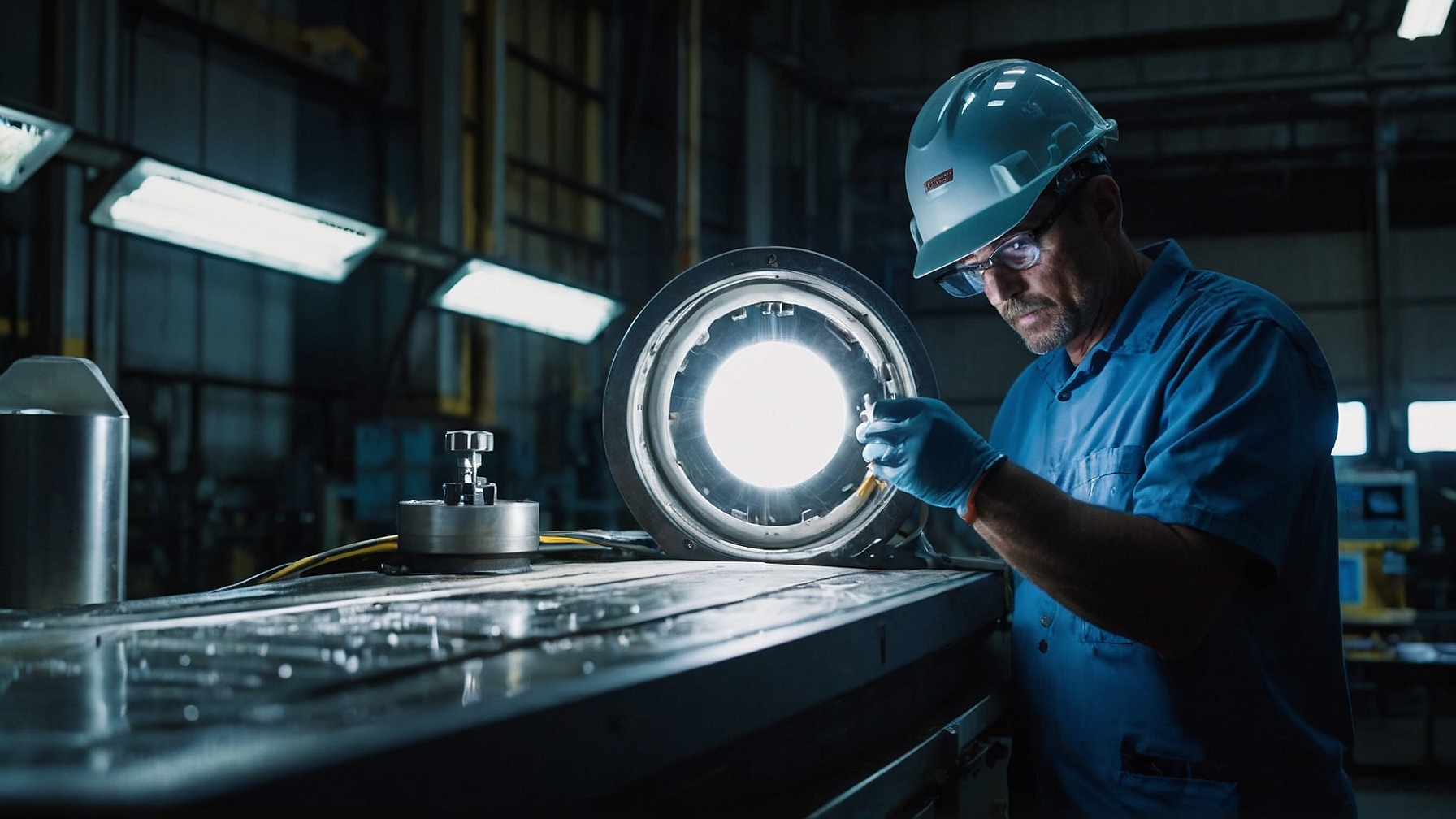
The integration of surface inspection lamps into quality control processes has yielded significant improvements in product reliability and safety. According to a comprehensive industry study, companies employing these lamps reported a notable reduction in product defects, with an average decrease of 30% observed across various sectors. Moreover, analysis of accident reports indicated a marked decline in workplace injuries attributed to the early detection of hazards facilitated by surface inspection lamps, underscoring their efficacy in mitigating risks and enhancing safety outcomes.
Best Practices for Utilization:
- Proper Positioning: Position the lamp at an optimal distance and angle to ensure uniform illumination of the surface under inspection. Adjust the intensity of light as necessary to accentuate details without causing glare or shadows.
- Regular Maintenance: Conduct routine maintenance checks to ensure lamps are in prime working condition. Clean lenses, replace bulbs, and inspect cables to prevent malfunctions during critical inspections.
- Calibration Accuracy: Periodically calibrate lamps to maintain accuracy in detecting defects and anomalies. Calibration ensures consistency in performance and minimizes the risk of false positives or negatives.
- Operator Training: Provide comprehensive training to operators on the proper use of surface inspection lamps. Familiarize personnel with common defects and potential hazards to facilitate timely interventions.
- Integration with Automation: Explore opportunities to integrate surface inspection lamps with automated systems for seamless integration into production workflows. Automated inspection processes enhance efficiency and accuracy while reducing reliance on manual labor.
- Case Studies: Real-world examples underscore the transformative impact of surface inspection lamps on safety and quality assurance:
- Automotive Manufacturing: A leading automotive manufacturer implemented surface inspection lamps in its assembly line, resulting in a 25% decrease in recalls and improved customer satisfaction ratings. The lamps enabled the early detection of surface defects in vehicle components, enhancing product reliability and brand reputation.
- Pharmaceutical Industry: A pharmaceutical company utilized surface inspection lamps to scrutinize drug packaging for contaminants and defects., By incorporating these lamps into its quality control processes, the company achieved a 20% reduction in product rejections and enhanced compliance with regulatory standards.
Key Take Aways
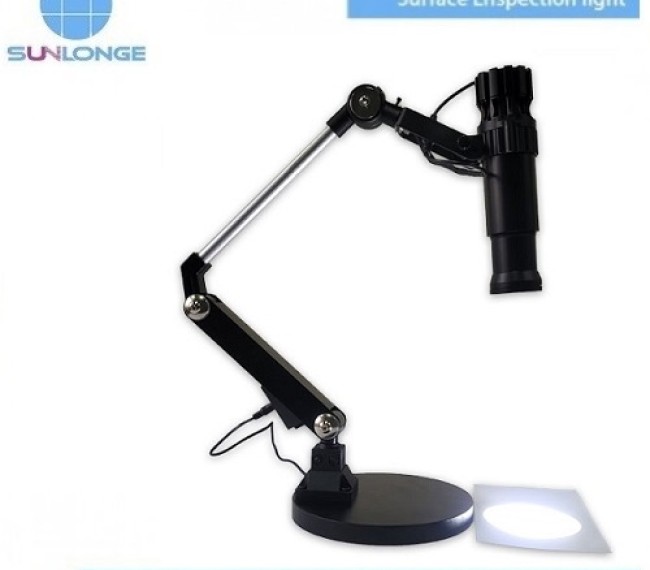
In the intricate tapestry of industrial operations, the quest for impeccable product quality and unwavering workplace safety remains constant. At the heart of this pursuit lie surface inspection lamps, formidable allies in the relentless battle against defects, contaminants, and hazards. These lamps stand as sentinels, casting their illuminating gaze upon surfaces with unparalleled precision, revealing even the subtlest imperfections that threaten to compromise integrity. As industries evolve and standards escalate, the significance of surface inspection lamps only grows, their role expanding beyond mere scrutiny to encompass the preservation of reputations, the protection of consumers, and the safeguarding of personnel. In this article, we embark on a journey through statistical insights and best practices, delving deep into the realm of surface inspection lamps to uncover their transformative potential and illuminate the path toward a future where safety and quality reign supreme.
 CN
CN

